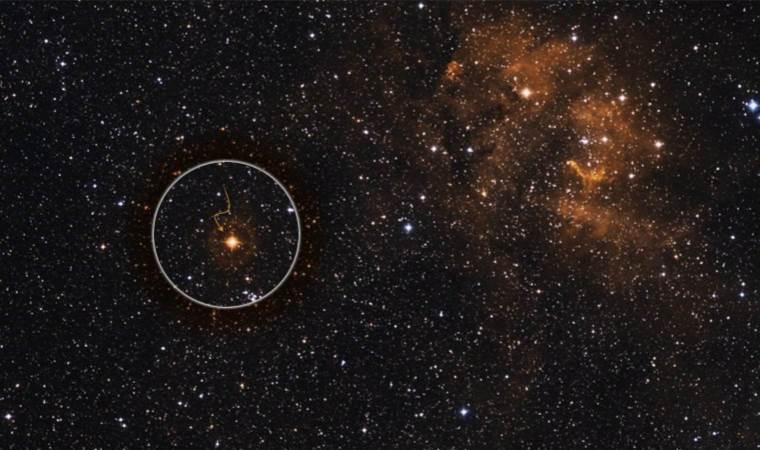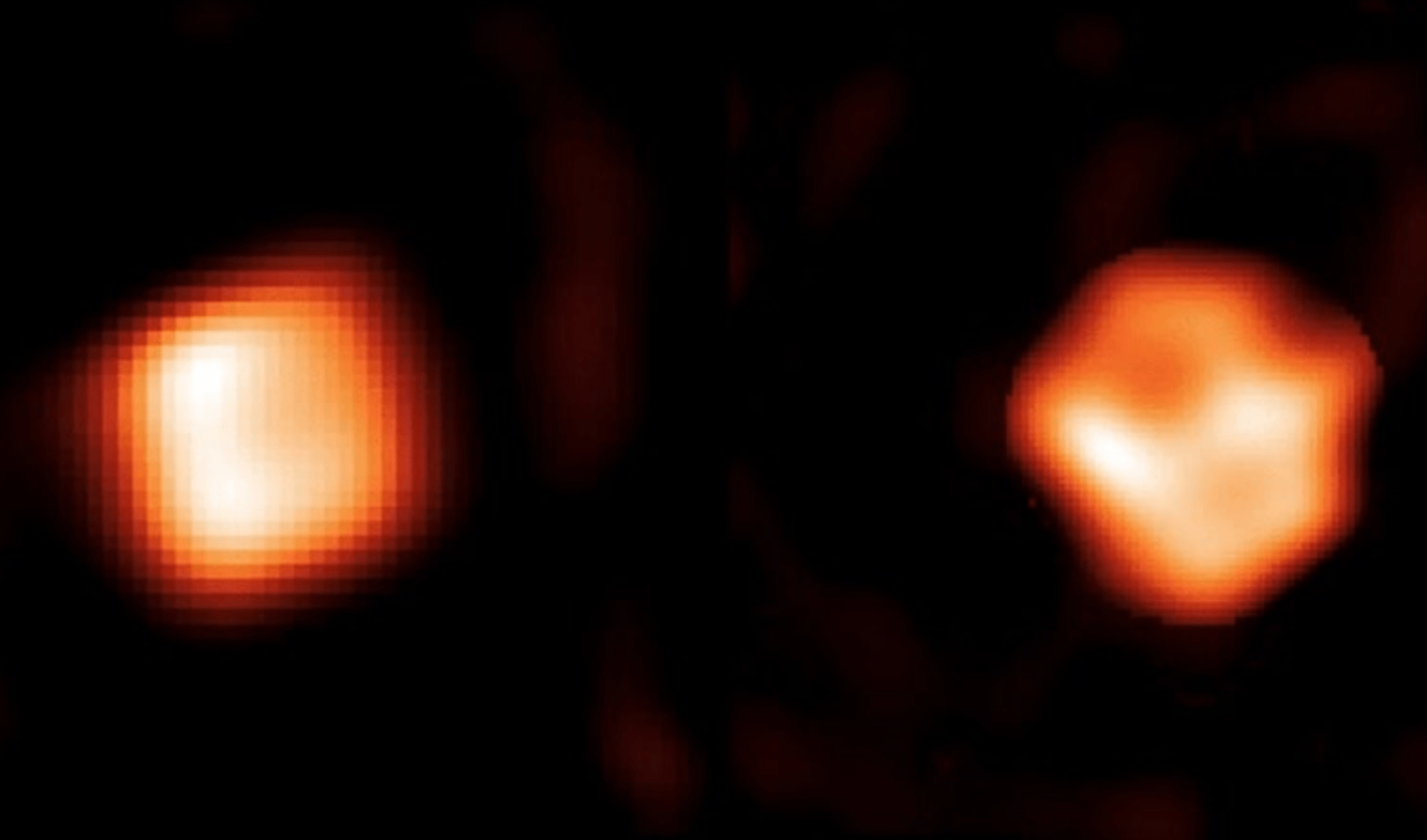One of the galaxy's largest stars is dimming
In 2022, a massive star located 16,000 light-years from Earth mysteriously began to dim. After follow-up observations in 2023, astronomers now believe they understand this phenomenon.

Stars in our galaxy usually remain bright and consistent, unless they disappear without a trace. However, during their billion-year lifespans, stars might not always maintain the same brightness as last observed. This dimming can be attributed to various processes, including exoplanets in the star's orbit obstructing our view. Such light reductions are not typically a major mystery for astronomers.
Stars may also dim when they are on the verge of becoming supernovae. A supernova is the explosion of a massive star that has exhausted its energy. The brightness of a supernova can reach "a hundred million times the brightness of the Sun."
Betelgeuse, a well-known star, has been dimming mysteriously for years, and its vibrations suggest that an explosion may not be far off. If humans could see all wavelengths of radiation, Betelgeuse, with its -2.99 J-band magnitude, would be the brightest near-infrared source in the night sky. As a supernova, it is expected to become "as bright as a full moon," though its exact timing remains unknown.

Georgia State University researchers classify RW Cephei as a "cool hypergiant," one of the largest known stars in the Milky Way. If RW Cephei replaced our Sun, its outer layers could extend beyond Jupiter's orbit.
Experts note that changes in brightness emitted by such ancient stars are usually minor. However, astronomers were surprised when RW Cephei began to dim, similar to Betelgeuse.
Georgia State University astronomer Narsireddy Anugu stated:
"We made our initial observations in December 2022, just before winter's end. The results were so striking that we decided to conduct further observations once the star was accessible again."
The team found the star lost about a third of its normal brightness in just a few years. After 10 months of observation using the CHARA Array, a network of six telescopes on Mount Wilson, California, they discovered that the star was no longer round and its appearance had significantly changed as it began to brighten again.
Katherine Shepard, a graduate student at Georgia State University, observed the star across all wavelengths, from visible to infrared, and found the dimming was much more pronounced in the visible spectrum. This led the team to believe the dimming resulted from "an outburst turning into dust."
The team's findings suggest:
"We believe the dimming may have been caused by the swelling of hot gas initiating a surface mass ejection event. This gas is now cooling to the point of forming dust, and the ejected cloud, as seen on the photosphere, is making the western side of the star appear darker. The duration of such dimming events can scale with the size of the star and dust cloud. Thus, the timescale can range from about a year for Betelgeuse to several years for RW Cephei."
Regarding the brightest stars in the sky, they are typically ranked based on visibility and brightness. Some of the most luminous stars include Sirius (Alpha Canis Majoris), the brightest in the sky, located in the Canis Major constellation; Canopus (Alpha Carinae), the second-brightest in the southern hemisphere, in the Carina constellation; Rigil Kentaurus (Alpha Centauri), the nearest star system to the Sun; Arcturus (Alpha Bootis), a prominent star in the northern hemisphere's Boötes constellation; and Vega (Alpha Lyrae), a significant star in the Lyra constellation in the northern hemisphere.
Other notable stars include Capella (Alpha Aurigae) in the Auriga constellation, Rigel (Beta Orionis) in Orion, and Procyon (Alpha Canis Minoris) in the Canis Minor constellation. These stars are easily visible to the naked eye and are frequently observed by astronomy enthusiasts. The brightness of stars is influenced by both their intrinsic properties and their distance from Earth.


